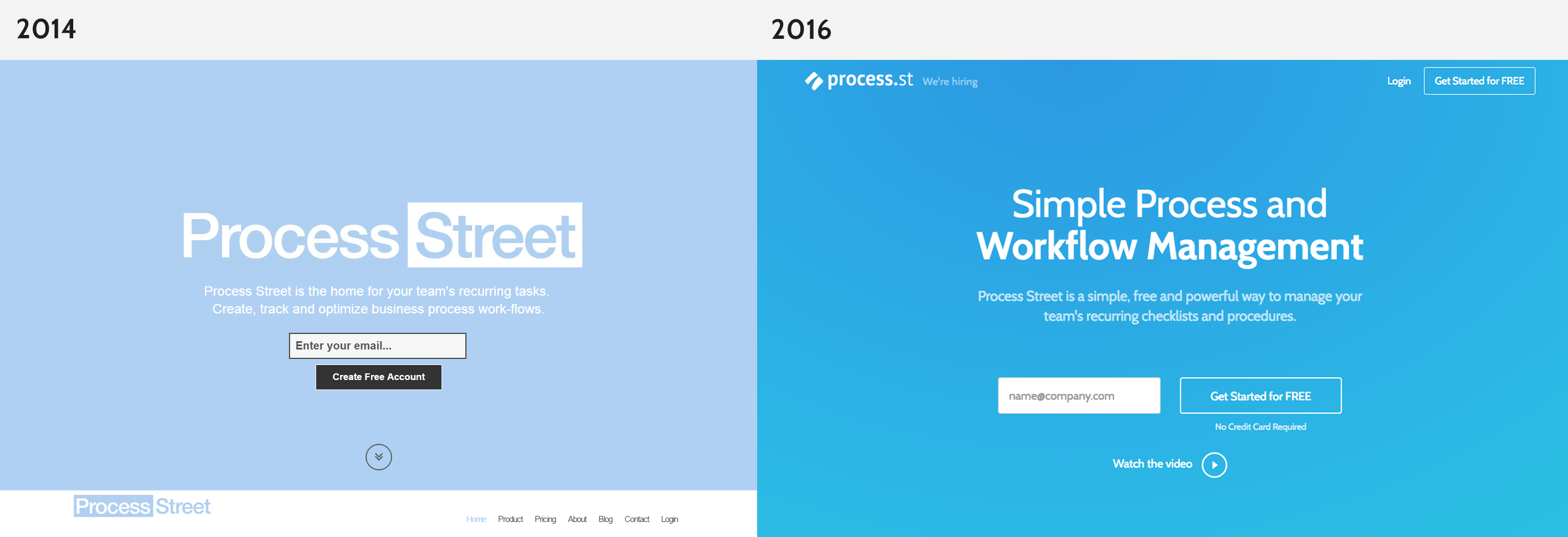 I wrote a post about Shape Up, a development methodology, and you the reader wanted me to dive deeper. So, I did just that and interviewed Process Street’s Product Designer, Ivy.
I wrote a post about Shape Up, a development methodology, and you the reader wanted me to dive deeper. So, I did just that and interviewed Process Street’s Product Designer, Ivy.
Ivy answers common questions concerning how Shape Up works in practice, and although I briefly touch on the core phases of Shape Up’s approach, this post should be seen as a follow up to my original post which provides a full low-down of what Shape Up is and how it differs from alternative development methods like Scrum and Kanban.
So, make sure to read my last post on Shape Up so you have all the context you need for this post.
In this post, we’ll be covering:
- What is Shape Up?
- The makings of a Process Street Product Designer
- Shape Up from a Product Designer’s perspective
- Shape Up’s design process: Key takeaways
- The day-to-day Shape Up experience as Process Street’s Product Designer
Let’s kick things off with a brief re-cap of Shape Up’s key phases .
Continue Reading







 Workflows
Workflows Projects
Projects Data Sets
Data Sets Forms
Forms Pages
Pages Automations
Automations Analytics
Analytics Apps
Apps Integrations
Integrations
 Property management
Property management
 Human resources
Human resources
 Customer management
Customer management
 Information technology
Information technology










 As we build businesses, we strive to make them successful in what they do and efficient in the way they carry that out.
As we build businesses, we strive to make them successful in what they do and efficient in the way they carry that out.
